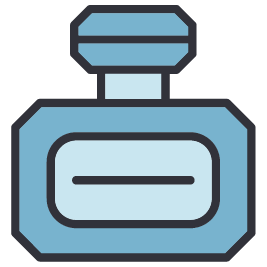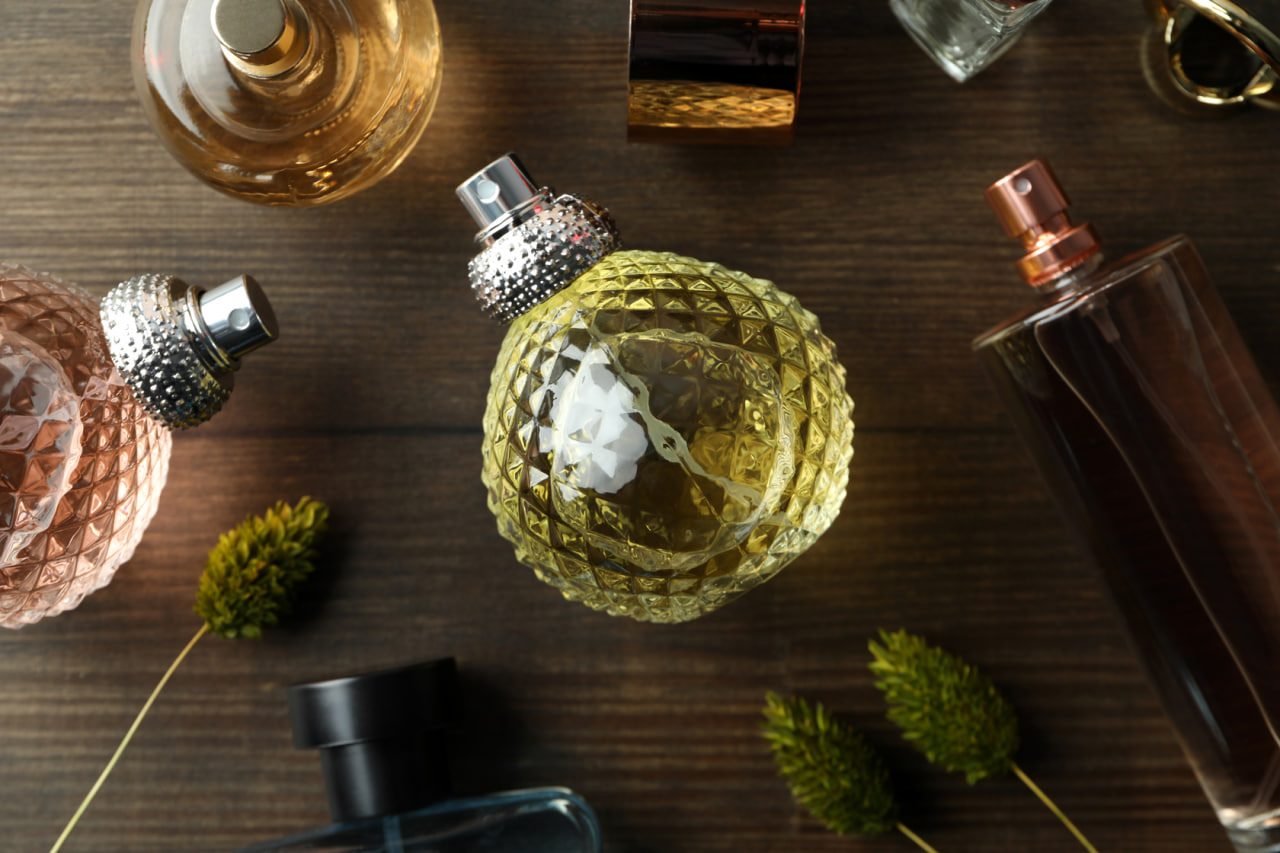The History of Perfume: From Ancient Rituals to Modern Scents
Perfume, the art of creating pleasing and meaningful scents, has a rich and fascinating history that spans thousands of years. It is a craft deeply intertwined with human culture, religion, medicine, and fashion. From ancient rituals to modern-day luxury fragrances, the evolution of perfume reflects changes in society, technology, and artistic expression.
Ancient Beginnings: The Origins of Perfume
The earliest evidence of perfume dates back to prehistoric times when humans likely used natural aromatic plants and resins to mask unpleasant odors or for spiritual purposes. However, perfume as a deliberate craft began in earnest in ancient Mesopotamia, Egypt, and the Indus Valley around 3000 BCE.
In Mesopotamia, the Sumerians created some of the first written records relating to perfume ingredients and techniques. The “Scented Garden,” a collection of clay tablets from around 2200 BCE, details recipes using flowers, herbs, and spices.
Ancient Egypt is often considered the birthplace of perfumery as an art and science. Perfumes played a vital role in Egyptian culture, used in religious ceremonies, burial rites, and daily life. Egyptians prized aromatic oils and incense made from myrrh, frankincense, cinnamon, and cedar. Perfume was associated with the gods and royalty; Cleopatra was famously known for her use of fragrances to captivate Julius Caesar and Mark Antony.
Egyptian perfumers developed advanced methods to extract scents, such as enfleurage and maceration, where flowers were soaked in oils or fats to capture their essence. These techniques laid the foundation for future perfume production.
Perfume in Antiquity: Greece and Rome
The Greeks adopted and expanded Egyptian perfume knowledge. They believed perfumes had healing properties and used fragrant oils in medicine and bathing rituals. Hippocrates, the father of medicine, wrote about aromatic plants and their effects on health.
Roman culture further popularized perfumes as a symbol of luxury and social status. Romans used perfumes lavishly in public baths, festivals, and personal grooming. Perfume houses thrived in cities like Rome and Alexandria, and exotic ingredients were imported from the East.
Romans invented new methods such as steam distillation, which would later revolutionize perfume-making. However, their excessive use of perfumes sometimes drew criticism for being decadent.
The Middle Ages: Decline and Transformation
After the fall of the Roman Empire, perfume use declined in Europe but remained important in the Islamic world. During the Middle Ages, the art of perfumery was preserved and refined by Arab scholars and alchemists.
The Persian polymath Avicenna (Ibn Sina) improved the distillation process around the 10th century, creating more efficient ways to extract essential oils from flowers like roses and jasmine. This advance was critical, as it allowed perfumers to capture purer, more potent fragrances.
Perfumes and scented oils were widely used in the Islamic Golden Age for both personal use and religious ceremonies. The knowledge spread across the Mediterranean through trade and cultural exchanges.
The Renaissance and the Birth of Modern Perfumery
Perfume made a grand return to Europe during the Renaissance, especially in Italy and France. It became a fashion statement among the aristocracy, used to mask body odors before modern hygiene.
In the 16th century, Catherine de Medici brought her personal perfumer to France when she married King Henry II, sparking a perfume craze at the French court. This era saw the emergence of scented gloves, pomanders, and the first eau de colognes.
The 17th and 18th centuries marked the rise of professional perfumers and the establishment of perfume houses. Advances in chemistry allowed for more complex formulas, blending natural ingredients in new ways.
The 19th and 20th Centuries: Industrialization and Innovation
The Industrial Revolution transformed perfumery from an artisanal craft into a commercial industry. The discovery of synthetic aromatic compounds, such as coumarin and vanillin, allowed perfumers to create new scents impossible with natural ingredients alone.
In 1882, the launch of “Jicky” by Guerlain is often cited as the birth of modern perfume — a fragrance combining natural and synthetic notes to create a lasting and distinctive scent.
The 20th century saw iconic perfumes such as Chanel No. 5, launched in 1921, which set new standards for elegance and sophistication. Advances in chemistry, marketing, and packaging turned perfume into a global luxury market.
Perfume Today: Art, Science, and Sustainability
Today, perfumery balances tradition with innovation. Master perfumers (called “noses”) blend thousands of natural and synthetic ingredients to craft fragrances that evoke emotion and identity.
There is also a growing movement toward sustainability and ethical sourcing of ingredients, as well as a renewed interest in natural and organic perfumes.

